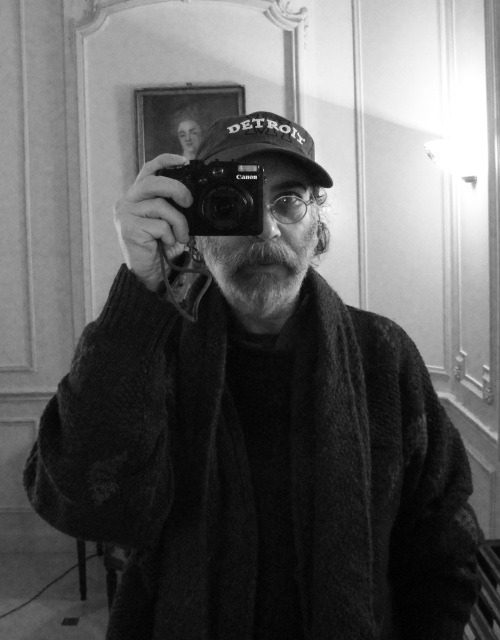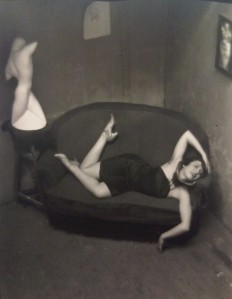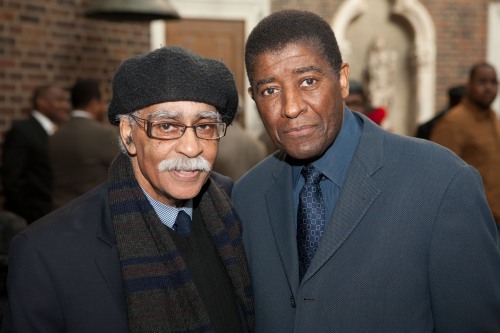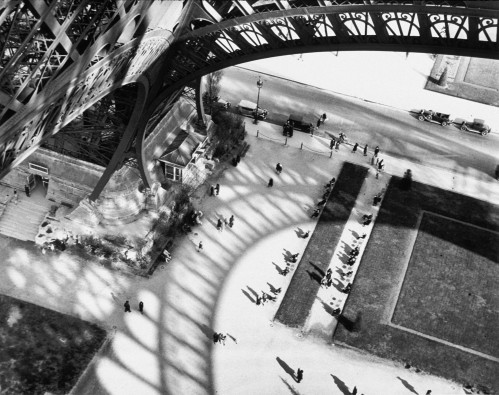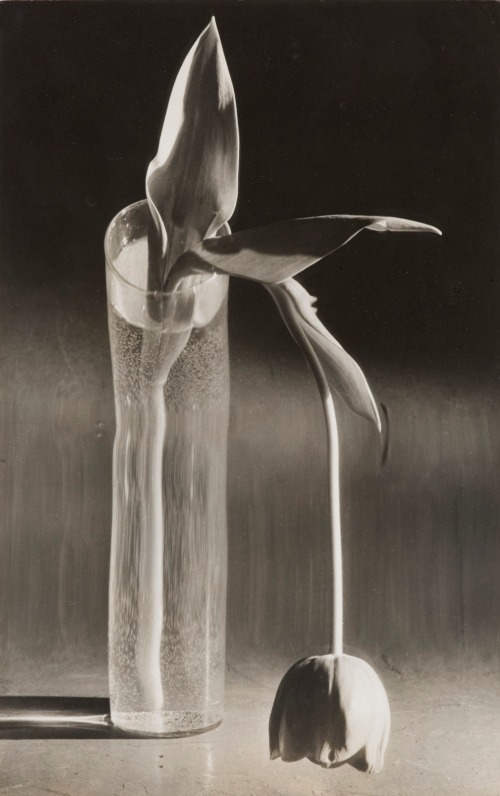
Melancholic Tulip, 1938, by André Kertész, © Estate of André Kertész/Higher Pictures
André Kertész (1894-1985) brought a fresh eye along with his own perception of time and place to the art of photography. He worked intuitively – from the heart – most often without preconceived notions of the outcome of his photographs. His attention to light and composition was unique in his time.
 Recently the Detroit Institute of Arts opened the exhibition An Intuitive Eye: André Kertész Photographs 1914-1969, which celebrates the artist’s work from over five decades. The exhibition, drawn primarily from the DIA’s permanent collection, surveys his long and impressive career with 60 black-and-white photographs taken in Hungary, Paris and New York.
Recently the Detroit Institute of Arts opened the exhibition An Intuitive Eye: André Kertész Photographs 1914-1969, which celebrates the artist’s work from over five decades. The exhibition, drawn primarily from the DIA’s permanent collection, surveys his long and impressive career with 60 black-and-white photographs taken in Hungary, Paris and New York.
André Kertész was born in Budapest, Hungary, and obtained his first camera at the age of eighteen. He frequently photographed in his native countryside, and found meaningful subject matter in the landscape and among local farmers, family and friends. During World War I (1914-18) Kertész joined the Hungarian army and continued to take photographs, although he did not depict the horrors of war and instead made casual photographs of fellow soliders. The DIA is fortunate to have a selection of these early photographs which are on loan from the Museum of Art at the University of Michigan, Ann Arbor.
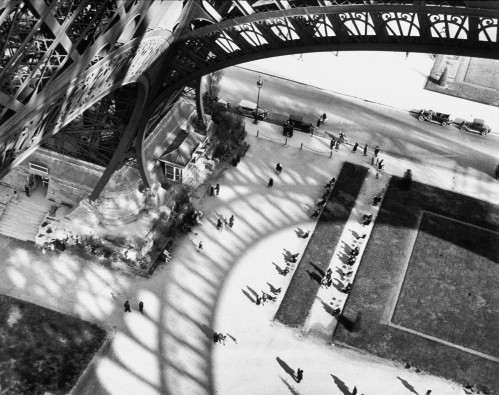
Shadows of the Eiffel Tower, Paris, 1929, by André Kertész © Estate of André Kertész/Higher Pictures
But Kertész is largely known for his photographic work made in Paris in the 1920s and 1930s. Looking to prove himself as a serious photographer, he moved to the city in 1925. There he captured famous artists, writers and other creative individuals he met, but he became best known for his photographs of the city, mostly made on foot while he wandered around in neighborhoods, parks and other public spaces as a solitary observer. Kertész found great success in Paris. His workwas included in exhibitions and was published frequently in magazines.
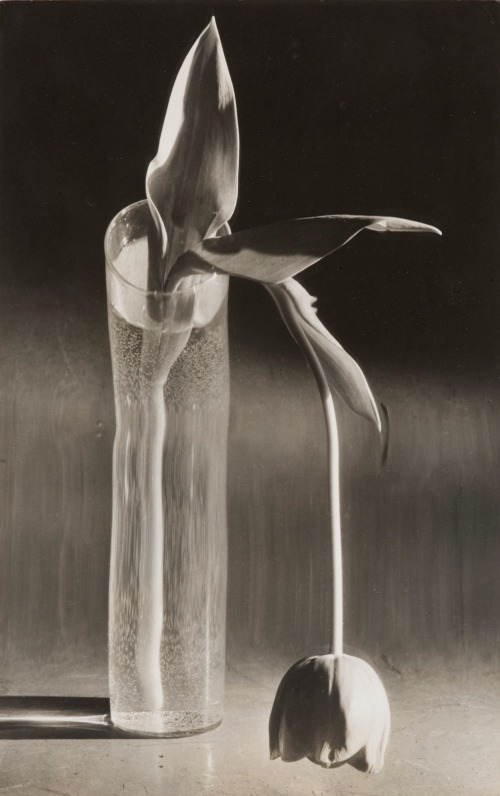
Melancholic Tulip, 1938, by André Kertész © Estate of André Kertész/Higher Pictures
In 1936, Kertész moved with his wife, Elizabeth, to New York. He made the photograph Melancholic Tulip just two years after their arrival around 1938. Using distortion mirrors, a technique he had experimented with in Paris, he created it as a self-portrait representative of his disillusionment over a stalled photographic career and difficult transition to life in America. Although he only intended to stay in the U.S. for a short time, the outbreak of World War II made his return to Paris impossible. It was a difficult period for the artist, and he had problems making professional connections in New York.
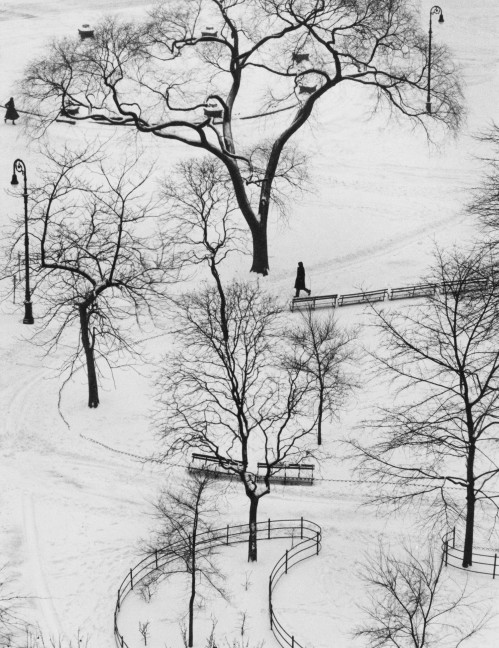
Washington Square, New York, 1954, by André Kertész, © Estate of André Kertész/Higher Pictures
Eventually he signed a contract with House and Garden magazine, to photograph interiors and architecture from 1947-62. His personal work diminished, but the DIA has a few photographs from these years including photographs of Washington Square Park, a frequent and familiar subject that he captured from the height of his 12th floor New York City apartment. It was not until he retired from the magazine in the early 1960s that he returned to his personal work with a renewed enthusiasm. He also finally achieved recognition that had alluded him for years when a renewed interest in his work led to international exhibitions and publications.
Just in time for the holidays, An Intuitive Eye: André Kertész Photographs 1914-69 is now on view in the Albert and Peggy de Salle Gallery of Photography and will run through April 10, 2011. The exhibition is free with museum admission.

